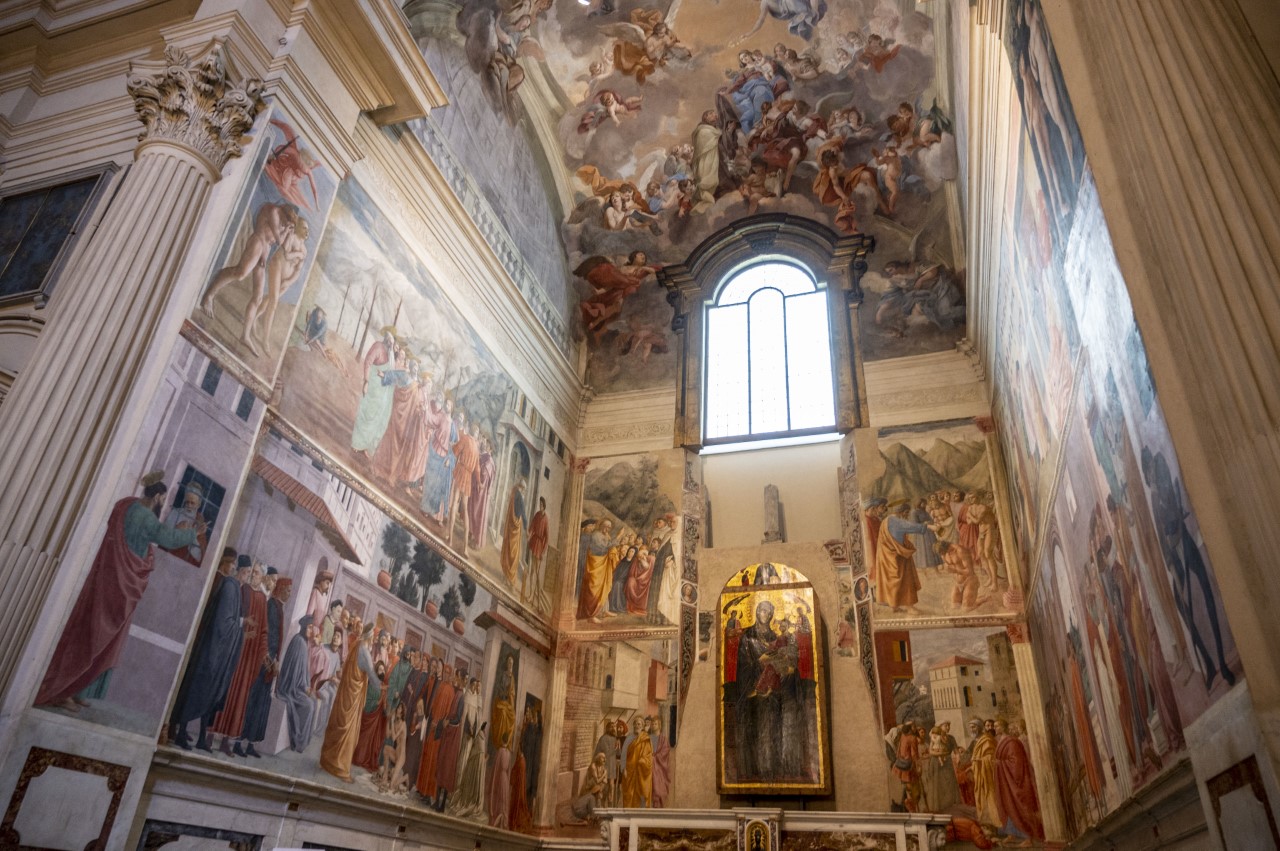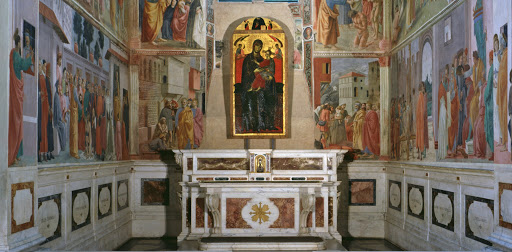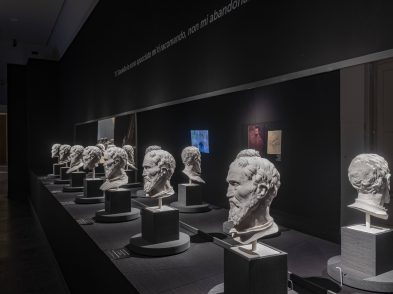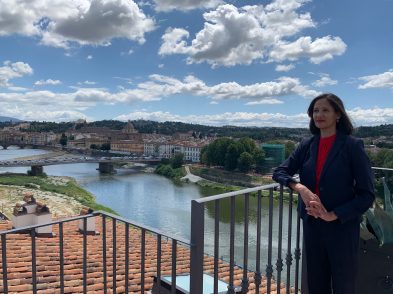Restoration is set to begin on the Brancacci Chapel, the crowning jewel of the Carmine church, but the artistic treasure trove will not close during the year-long operation. There’s a upside too: the scaffolding will enable art lovers to see Masaccio and Masolino’s masterpieces up close for the first time, looking straight into the eyes of Adam and Eve tempted by the serpent before being cast out of Eden.

Brancacci Chapel
The chapel will close to the public on November 29 so that the scaffolding can be positioned based on sightlines, but it will reopen in January with the addition of a special lift so that the disabled can still gain access to the artworks.
The project is part of a complex research and promotional programme organized by the City of Florence, the Department of Architectural and Landscape Heritage for the Florence, Pistoia and Prato Provinces, Cnr-Ispc – Institute of Cultural Heritage Sciences, Opificio delle Pietre Dure and the US non-profit Friends of Florence, with the joint participation of the Jay Pritzker Foundation.
“We couldn’t close the Brancacci Chapel for such a long time, especially after the extended lockdown of our museum caused by Covid, ” commented Dario Nardella, Mayor of Florence. “This solution means that the chapel will still be able to welcome visitors who will able to enjoy this extraordinary art in an original and unique way.”
The Brancacci Chapel underwent diagnostic tests in November 2020, which revealed some deterioration of the fresco cycle that called for restoration.
About the Brancacci Chapel

The Brancacci Chapel was established by the Brancacci family in the late 1300s. The St. Peter fresco cycle was commissioned by the wealthy merchant Felice Brancacci in 1423. Masolino and Masaccio worked on the commission together, but the frescoes were left incomplete in 1427 as Masolino moved to Hungary and Masaccio to Rome. Following the exile of the Brancacci family in 1436, having fallen into disgrace due to their anti-Medici stance, the friars had all the family portraits removed and in 1460 they named the chapel for Madonna del Popolo, including the venerated thirteenth-century panel. In 1481–83, Filippino Lippi restored and completed the missing scenes. In 1771, a fire destroyed the church’s interior, but in 1780 the church escaped harm and was purchased by the Riccardi family, who changed the altar and flooring. Left untouched throughout the nineteenth century, the frescoes were dusted in 1904. The restoration carried out in the 1980s brought the decorated surfaces back into full view.





